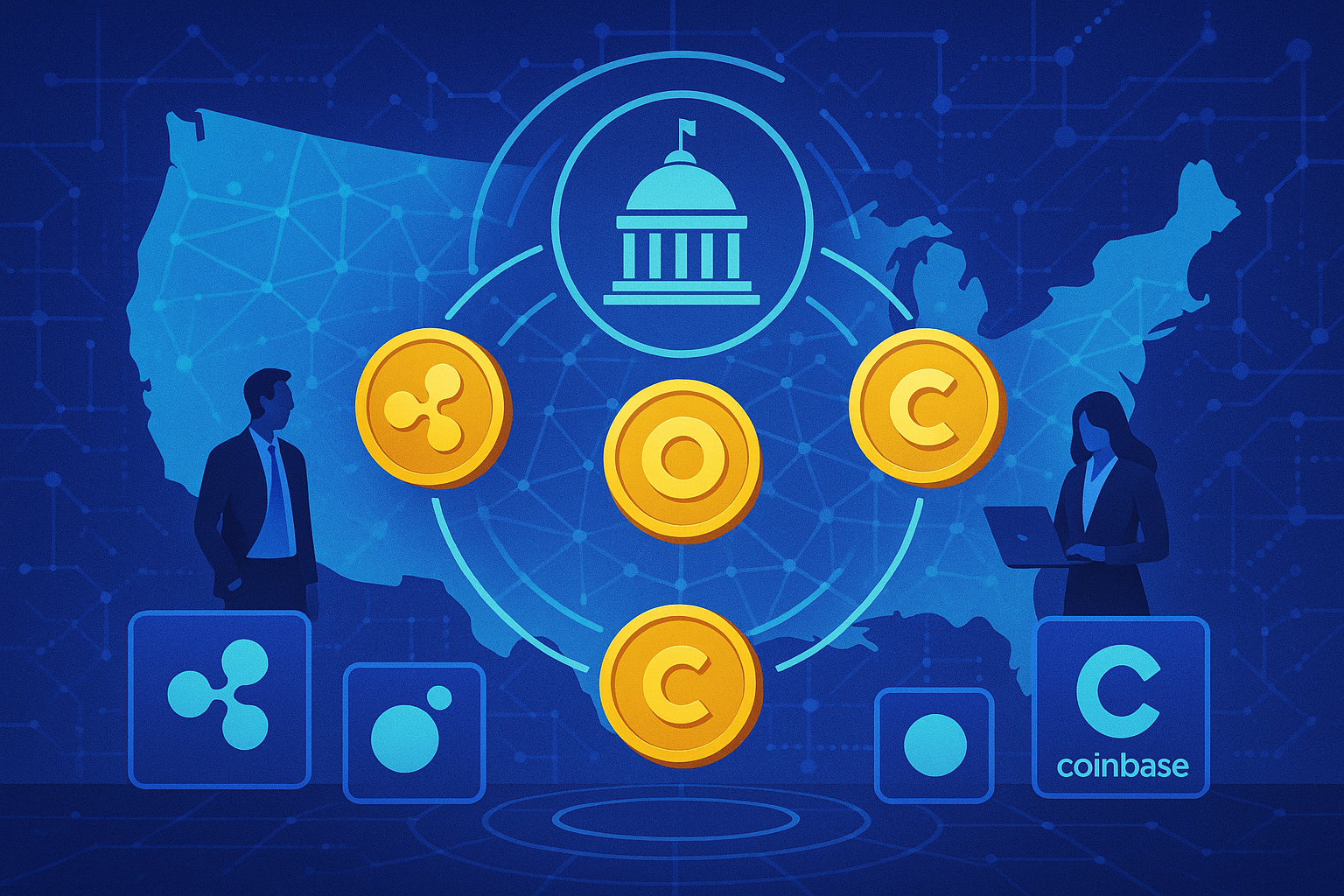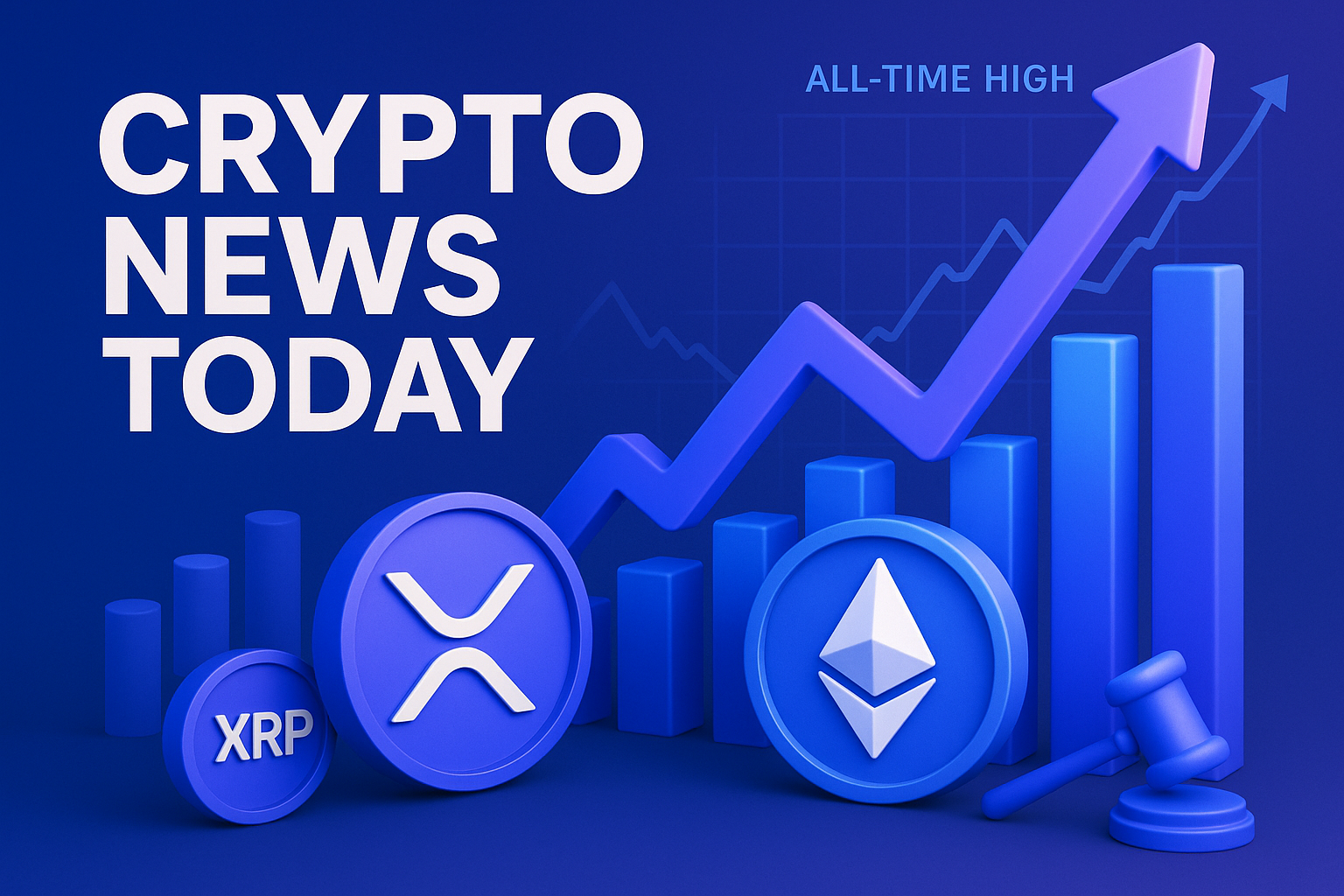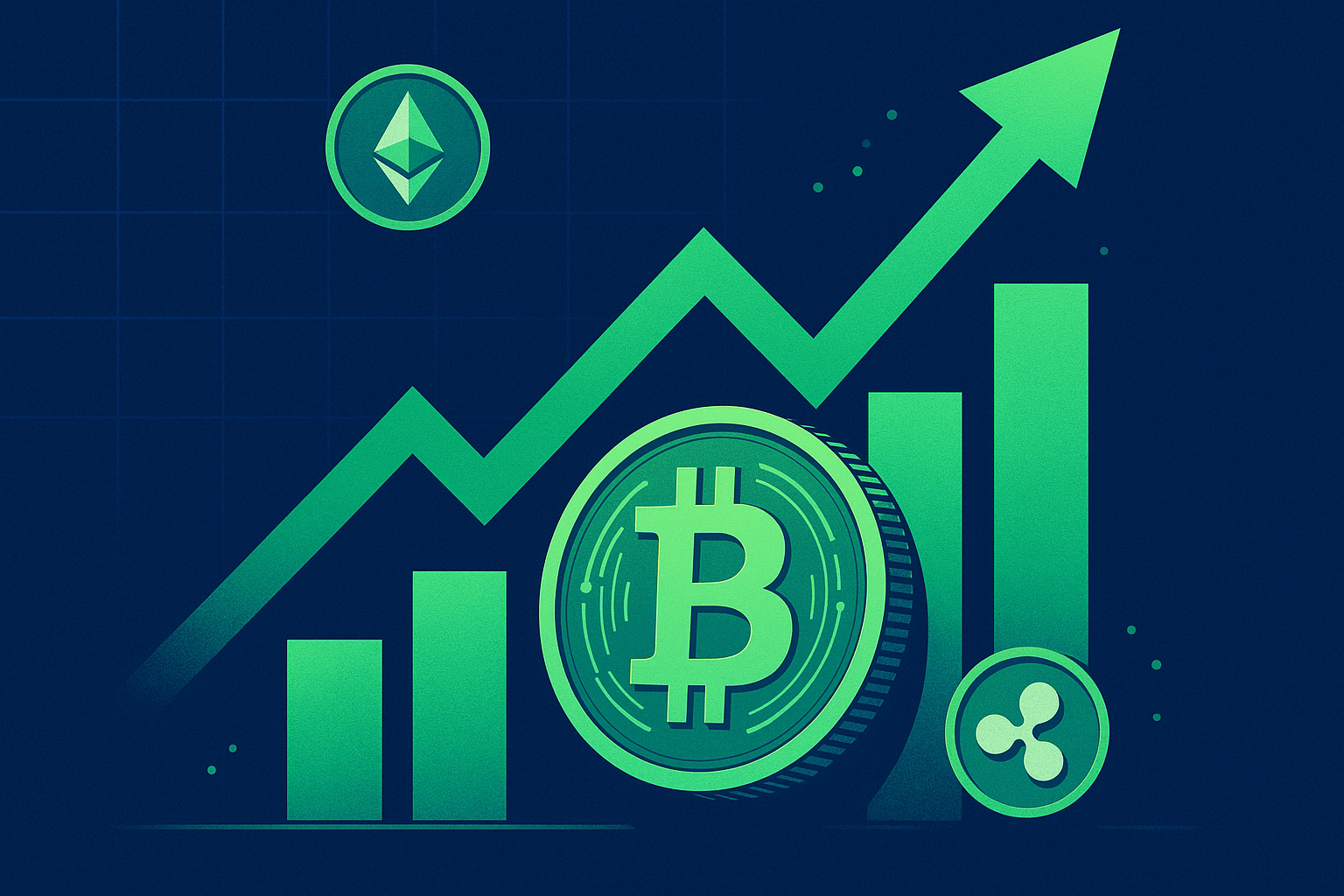If I told you the State of California still runs critical services on 43-year-old COBOL code, would you be surprised? Probably not—government tech horror stories are almost a meme at this point. But what might raise your eyebrows is who Sacramento just called in as reinforcements: senior operators from Ripple, Coinbase, and MoonPay. Yep, the same people who spend their days arguing about on-chain liquidity are now being asked to make the DMV less soul-crushing. Wild, right?
Here's What Actually Happened
Journalist Eleanor Terrett broke the news on X: the newly formed California Breakthrough Project held its first closed-door meeting last week inside Ripple’s San Francisco HQ on Spear Street. According to Terrett, the advisory roster looks like a who’s-who of crypto infrastructure:
- David Schwartz, Ripple’s wizard-level CTO (yes, the guy with the ponytail)
- Paul Grewal, Coinbase’s Chief Legal Officer and resident fed-whisperer
- Ivan Soto-Wright, MoonPay co-founder who loves saying “fiat on-ramps” faster than you can blink
Their mandate? Help California’s Department of General Services shave costs, speed up payments, and streamline identity verification for $230 billion in annual procurement flows. All of this rolls up to Governor Gavin Newsom’s Executive Order N-9-22 from May 2022—the one that basically said, “Let’s dip a toe into Web3 without face-planting.”
Why the State Even Needs Crypto Brains
If you’ve ever renewed your vehicle registration at the California DMV, you already know the pain: multi-hour queues, paper forms that look like they were faxed straight from 1997, and payment systems that choke on anything fancier than a magnetic-stripe Visa.
Now here’s the interesting part. Ripple, Coinbase, and MoonPay don’t just bring blockchain buzzwords—they bring battle-tested rails for moving money and verifying identities at Internet speed. Think of California’s back-office as a dial-up modem, and these companies as the fiber-optic line waiting to be plugged in.
Drilling Down on the Tech (No, Your Brain Won’t Hurt)
You’re probably asking, “Okay, but how would a blockchain even make the DMV less terrible?” Let’s unpack that without going full whitepaper:
- Instant Settlement Layers – RippleNet’s XRP Ledger munches through 1,500 tx/sec with 3-5 second finality. Compare that with the state’s current ACH batches that clear in, oh, two business days.
- Programmable Compliance – Coinbase’s smart-contract tooling (hello, Base network) can embed KYC rules right into the payment logic. Imagine a vendor invoice that auto-rejects if the supplier’s tax ID isn’t valid—no human auditor needed.
- On-Ramp Simplicity – MoonPay’s API pretty much lets anyone buy crypto with Apple Pay. Drop that under the hood of a state service portal, and you suddenly have global tourists paying park fees with USDC instead of fumbling for quarters.
In my experience writing Solidity for side projects, the magic isn’t the coin itself—it’s the programmable money legos. California employees could be issued a custodial wallet that releases per-diem funds only when GPS confirms they’re actually at the conference they claimed. Goodbye expense fraud.
But Wait, Isn’t XRP in “Security or Not” Limbo?
I can hear you thinking: “Hold up, the SEC still hates Ripple. Why would California hitch its wagon to a regulatory question mark?” Fair point. XRP is trading at $0.52 as I type this—a 14% pop since Judge Torres’ partial summary judgment in July 2023, yet miles away from its 2018 all-time high. California’s legal team is reportedly sandboxing different ledgers precisely so they don’t marry a single protocol. Think of it like dating around before putting a ring on it.
Dev Perspectives Straight from the Room
"We’re not here to push tokens; we’re here to push efficiency," a senior Coinbase engineer allegedly told the group, according to a source who asked me to keep them anonymous because, well, NDAs.
From what I’ve noticed at Ethereum hackathons, builders light up when you give them real-world pain points. Vendor payments that currently bounce between state agencies for 45 days? That’s catnip to a dev who lives for reducing latency to single-digit seconds.
Zooming Out: A Time-Based Play-By-Play
May 2022: Newsom signs the blockchain EO, basically telling state agencies, “Figure this stuff out before it steamrolls us.”
Oct 2023: The Breakthrough Project is quietly funded with a $12 million line item in the state budget.
Feb 2024: Procurement backlog peaks at 78 days (auditor data).
Apr 2024: First advisory meeting at Ripple HQ. Coffee was apparently served in NFT-themed mugs; I hope that part’s true because it’s hilarious.
What This Could Mean for Your Portfolio
If California—the world’s fifth-largest economy—starts piping even a slice of its cash flows through crypto rails, liquidity numbers change overnight. I’m not saying load up on XRP or Coinbase ($COIN) stock solely because of this, but ignoring state-level adoption is like ignoring Wi-Fi in 2003.
In my opinion, the bigger tell will be pilot metrics. The Breakthrough team promised public KPIs by Q3 2024: average payment settlement time, cost per transaction, and user satisfaction scores. If we see a double-digit percent improvement, expect a copy-paste effect across other blue states—New York, I’m looking at you.
Lingering Questions I Can’t Shake
• Will union-protected government IT staff push back against automation?
• Could the SEC throw a wrench into the plan if it appeals Torres’ ruling?
• How do you onboard the elderly into a blockchain-powered DMV portal without them thinking the computer is stealing their soul?
I don’t have perfect answers, and honestly, that uncertainty keeps this story fun. Watching regulators, crypto natives, and COBOL dinosaurs share a Google Meet is the reality-TV crossover I never knew I needed.
My Data-Driven Gut Feel
Modeling the budget line items against RippleNet’s average fee of 0.0001 XRP per tx, I project California could save roughly $31 million annually on transaction fees alone if even 25% of vendor disbursements go on-chain. Give that a two-year runway and the savings start funding entire community college programs.
Prediction: By late 2025, at least three California agencies will be issuing tokenized receipts or certificates, and you’ll see “Pay with USDC” buttons right next to “Pay with Credit Card” on state portals. Bookmark me on that.
—



